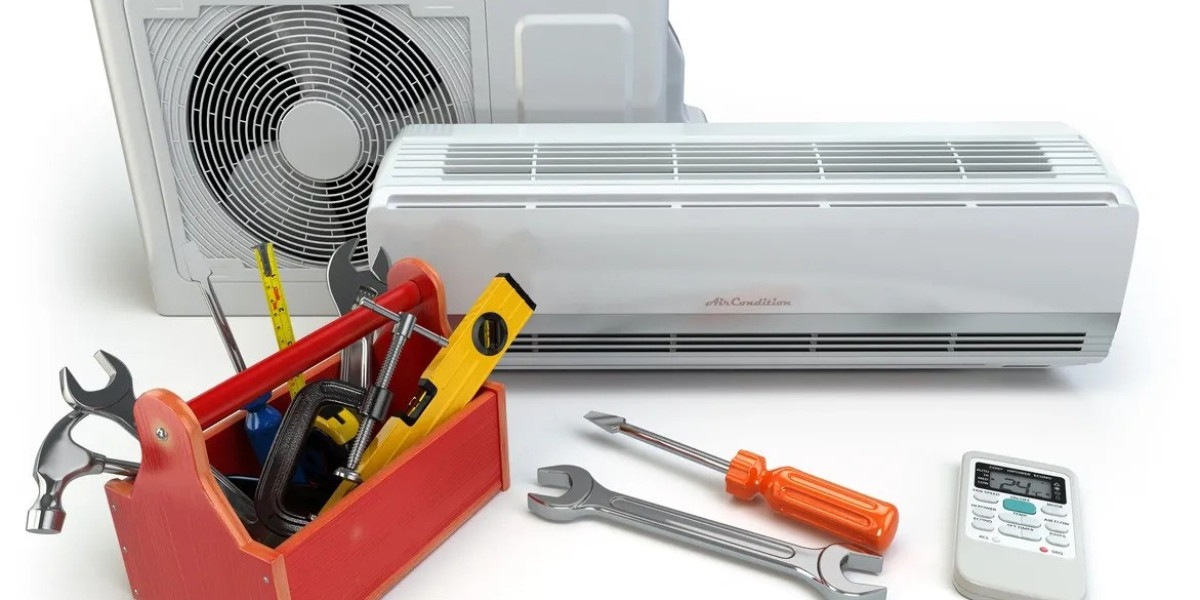When setting up a 3000 watt inverter system, one of the most crucial considerations is determining the ideal battery size to ensure optimal performance and efficiency. In this article, we will delve into the intricacies of calculating the perfect battery size for your 3000 watt inverter system, providing you with the knowledge and insights to make informed decisions for your power setup.
Understanding Power Consumption
Before delving into the specifics of battery size calculation, it's essential to have a clear understanding of power consumption. The 3000 watt inverter system is capable of delivering 3000 watts of continuous power, but the actual power consumption of your appliances and devices may vary. It's crucial to assess the power requirements of the equipment you intend to power with the inverter system. Consider both the continuous power consumption and the surge power (startup power) of each device to accurately determine the total power load.
Determining Battery Capacity
Once you have a comprehensive understanding of your power consumption requirements, you can proceed to calculate the battery capacity needed for your 3000 watt inverter system. The battery capacity is typically measured in ampere-hours (Ah) and represents the amount of charge a battery can deliver over a specific period. To calculate the required battery capacity, divide the total watt-hours (Wh) of power consumption by the nominal voltage of the battery system. For example, if your total power consumption is 6000 watt-hours and you are using a 12-volt battery system, the required battery capacity would be 500 Ah (6000 Wh / 12 V = 500 Ah).
Considerations for Battery Type
When selecting the battery type for your 3000 watt inverter system, it's essential to consider various factors such as cycle life, depth of discharge, and maintenance requirements. Lead-acid batteries, including flooded, gel, and AGM (absorbent glass mat) variants, are commonly used in off-grid and backup power systems. Lithium-ion batteries are also gaining popularity due to their high energy density and longer cycle life. Each battery type has its unique characteristics and performance attributes, so it's crucial to evaluate your specific requirements and constraints before making a decision.
Optimizing Battery Bank Configuration
In addition to determining the individual battery size, optimizing the battery bank configuration is vital for achieving the desired performance and longevity of your 3000 watt inverter system. Depending on the battery type and system voltage, you may need to configure multiple batteries in series, parallel, or a combination of both to meet the required capacity and voltage specifications. Proper battery bank configuration not only ensures adequate energy storage but also enhances the overall efficiency and reliability of the inverter system.
In conclusion, calculating the perfect battery size for your 3000 watt inverter system is a multifaceted process that demands careful consideration of power consumption, battery capacity, type selection, and bank configuration. By meticulously evaluating these factors and aligning them with your specific requirements, you can optimize the performance and longevity of your inverter system while ensuring uninterrupted power supply for your applications.








